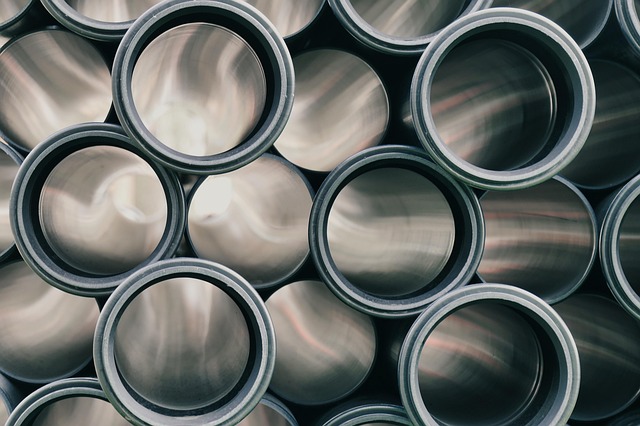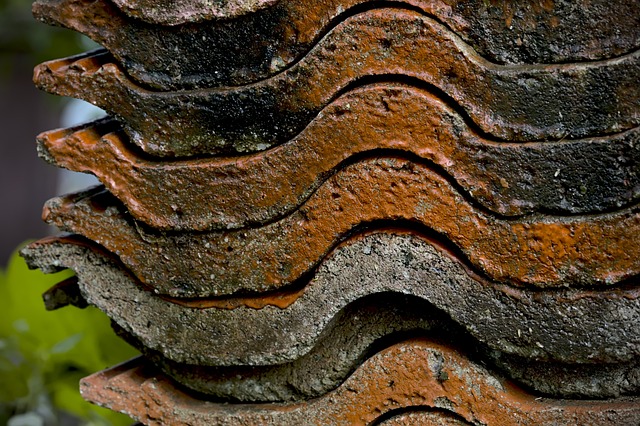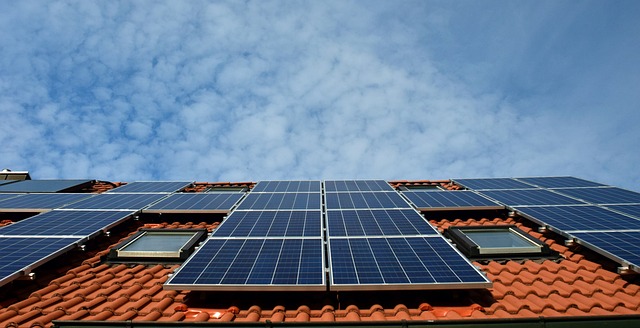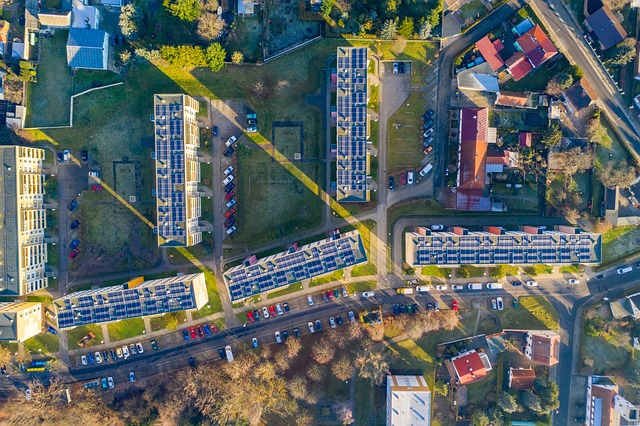Green roofing systems are sustainable building design solutions that offer multiple environmental and economic benefits for businesses. They include living roofs, which provide insulation, rainwater absorption, and temperature regulation, while mitigating the urban heat island effect. These systems reduce energy consumption, lower utility bills, enhance aesthetics, support biodiversity, and can serve as a marketing advantage. Installation involves careful planning, waterproofing, reinforcement, substrate selection, irrigation, and plant maintenance. Properly managed green roofs boost insulation, regulate temperatures, decrease maintenance costs, improve air quality, and contribute to building energy performance. Case studies show significant cost savings (up to 30%), improved roof lifespans, and positive environmental impacts, making them popular and impactful choices for eco-conscious businesses.
“In today’s environmentally conscious business landscape, adopting eco-friendly practices can set companies apart. Among these initiatives, green roofing systems stand out as a powerful solution for reducing energy consumption and carbon footprints. This article aims to guide businesses interested in transitioning to sustainable roofing. We’ll explore the fundamentals of green roofing systems, their diverse benefits, and available options. From installation best practices to real-world case studies, discover how eco-friendly roofs can revolutionize your business’s operational efficiency.”
- Understanding Green Roofing Systems: An Overview
- Benefits of Eco-Friendly Roofs for Businesses
- Types of Green Roofing Options Available
- Installation Process and Best Practices
- Energy Efficiency and Cost Savings Potential
- Case Studies: Successful Implementations
Understanding Green Roofing Systems: An Overview

Green roofing systems are an innovative approach to building design that prioritizes sustainability and energy efficiency. This eco-friendly roofing concept involves creating a layer of vegetation on top of a structure, offering numerous environmental benefits. Unlike traditional flat or conventional roofs, green roofs are designed to mimic natural ecosystems, providing insulation, reducing the urban heat island effect, and absorbing rainwater, among other advantages.
By implementing a living roof or sustainable roof, businesses can contribute to a greener environment while lowering energy consumption. Eco-friendly roofing systems not only enhance the aesthetic appeal of buildings but also provide long-term savings on energy bills. With proper maintenance, these roofs can support diverse plant life, creating a thriving green space that benefits both the building’s occupants and the surrounding community.
Benefits of Eco-Friendly Roofs for Businesses

Green roofing systems offer a multitude of benefits for businesses looking to reduce their environmental footprint and cut energy costs. By incorporating eco-friendly roofing like living roofs or sustainable roofs, companies can significantly decrease their energy usage. These innovative solutions not only provide insulation, reducing heating and cooling expenses, but also act as natural heat regulators, minimizing the need for excessive HVAC systems.
Furthermore, eco-friendly roofing systems enhance a building’s overall efficiency by providing an additional layer of protection against harsh weather conditions. They also contribute to better air quality and biodiversity, as they support the growth of plants and microorganisms. This not only creates a healthier environment but can also serve as an effective marketing strategy, appealing to environmentally conscious consumers and investors.
Types of Green Roofing Options Available

Businesses looking to embrace eco-friendly practices can explore several green roofing options that offer both environmental benefits and energy savings. One popular choice is the installation of a sustainable roof, also known as a living roof, which involves planting vegetation directly on the roofing surface. This type of eco-friendly roofing not only reduces the urban heat island effect but also provides insulation, minimizing temperature fluctuations inside the building.
Another option is incorporating green roofing systems that include lightweight materials and extensive plant coverage. These systems can be designed to suit various architectural styles and offer a range of aesthetics, from lush green landscapes to more structured garden-like appearances. By opting for an eco-friendly roofing solution, businesses contribute to local biodiversity, improve air quality, and reduce their carbon footprint, all while achieving significant energy efficiency gains.
Installation Process and Best Practices

The installation process for green roofing systems involves several key steps to ensure optimal performance and energy efficiency. It starts with a thorough assessment of the existing roof structure, followed by preparation that includes waterproofing and reinforcement to accommodate the additional weight of the eco-friendly materials. Choosing the right substrate, such as a lightweight growing medium, is crucial; this is then layered with a protective membrane before adding the living roof components, like plants and soil. Proper drainage and irrigation systems are also integrated to maintain the health of the eco-friendly roofing system.
Best practices for installing these systems emphasize meticulous planning and execution. This includes selecting appropriate plant species suited to the local climate and ensuring proper spacing to facilitate growth and airflow. Regular maintenance, including weeding and fertilizing, is essential to keep the sustainable roof vibrant and functional. Additionally, monitoring and balancing water levels in the irrigation system are vital to prevent waste while ensuring the plants receive adequate hydration.
Energy Efficiency and Cost Savings Potential

The adoption of green roofing systems offers businesses an opportunity to significantly enhance energy efficiency and realise substantial cost savings. By integrating nature into their built environment, buildings can achieve better insulation, reducing heat gain in summer and heat loss in winter. This effect is particularly pronounced with living roofs, which provide an additional layer of insulation and can help regulate indoor temperatures throughout the year.
Moreover, sustainable roofs often incorporate high-performance materials that require less maintenance and have a longer lifespan compared to traditional roofing options. This longevity translates into decreased replacement costs over time, further amplifying the financial benefits of eco-friendly roofing. With proper management, green roofing systems can also contribute to a building’s overall energy performance, potentially qualifying it for incentives and rebates aimed at promoting sustainable practices in the construction sector.
Case Studies: Successful Implementations

Many businesses are turning to green roofing systems as a sustainable and effective way to reduce energy usage. Case studies demonstrate that living roofs and sustainable roofs can significantly lower heating and cooling costs, improve air quality, and even extend the life of the roof itself. One notable example is the implementation by a retail giant who installed a deep-soil eco-friendly roofing system on their distribution center. This not only reduced their carbon footprint but also created a thriving urban oasis that attracted local wildlife and enhanced the surrounding ecosystem.
Another successful story involves an office building that retrofitted its roof with a green roofing system. The result was remarkable; the building’s energy efficiency increased by over 30%, leading to substantial cost savings for the company. Moreover, the living roof improved insulation, reduced the impact of extreme weather conditions, and provided additional space for local bird species, showcasing the multifaceted benefits of such systems. These real-world applications highlight how eco-friendly roofing isn’t just a trend but a proven strategy for businesses aiming to become more sustainable and environmentally responsible.
